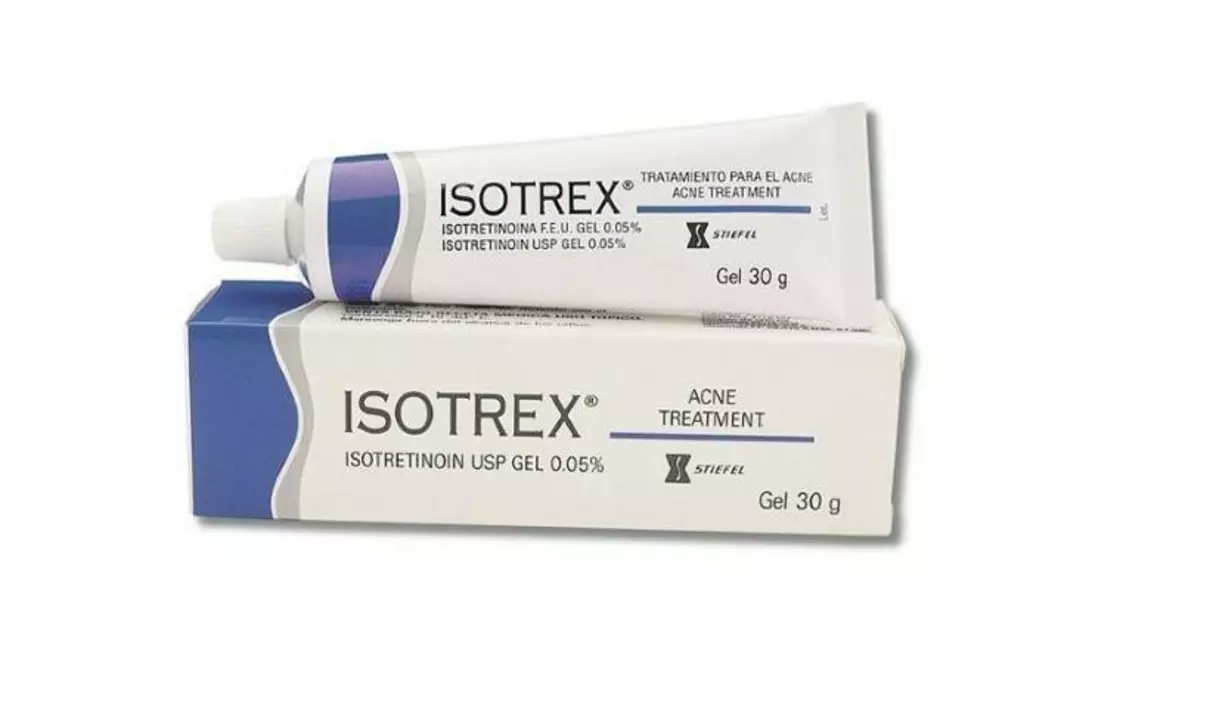Management: Practical Tips for Managing Medications, Conditions, and Costs
What you do day-to-day often matters more than any single treatment. This tag collects hands-on guides about managing chronic conditions, choosing medicines, handling side effects, and finding safe, affordable ways to buy prescriptions. Expect clear, usable advice—from first aid for seizures to ways to cut inhaler costs.
How to manage medications safely
Start by knowing the drug: active ingredient, usual dose, how long it works, and common interactions. Keep a simple list with brand and generic names, doses, and why you take each pill. Use a pillbox, phone alarms, or a daily checklist to avoid missed doses. Store meds where they stay dry and at the right temperature—many pills hate heat and humidity. For eye drops and some injectables, follow specific storage directions on the label.
If side effects pop up, log what you feel, when it started, and any other meds or supplements you took. That log makes conversations with your doctor or pharmacist fast and useful. Don’t stop prescription meds suddenly unless a clinician tells you to. For urgent or severe reactions—trouble breathing, swelling, fainting—get emergency help immediately.
Practical choices: buying, switching, and saving
Buying medicines online? Pick pharmacies that show a license, require a prescription, and use HTTPS on checkout pages. Look up reviews outside the site—trusted forums or national pharmacy boards help. If a price looks too good, check authenticity: real pharmacies usually list contact info and verification badges.
Thinking about switching treatments? Compare active ingredients, dosing schedules, side-effect profiles, and how quickly the medicine works. For example, when comparing inhalers or ED meds, look at duration, cost, and insurance copays—not just marketing. Ask your prescriber: “Is there a generic or lower-cost option with similar effects?”
Savings hacks that actually work: ask for manufacturer copay cards, compare local and online pharmacy prices, check discount cards (GoodRx-style), and see if your condition qualifies for patient assistance programs. For expensive inhalers or specialty meds, a copay card or manufacturer program can cut out-of-pocket costs significantly.
Finally, use telemedicine smartly: upload recent labs, have an up-to-date med list, and prepare specific questions—this speeds visits and helps clinicians recommend the best, safest option for you. Browse the posts below for specific guides—buying tips, side-effect strategies, and step-by-step first aid—to make everyday management easier and safer.




